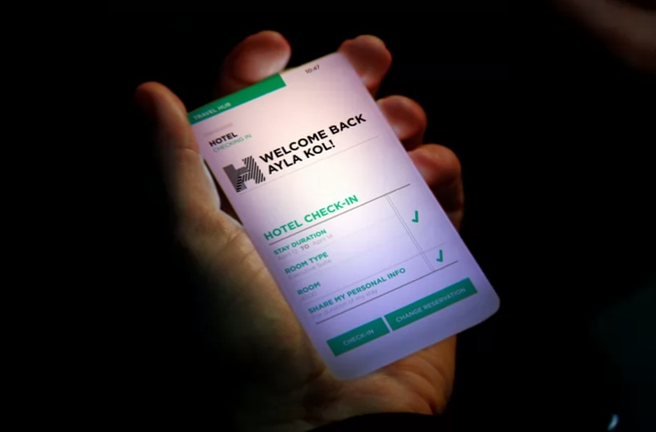 A trend is defined as a “general direction in which something is developing or changing”. Everybody is aware of the direction the mobile phone industry has taken since the launch of the iPhone in 2007. A capacitive touchscreen used by fingers has become the accepted method of interacting with a smartphone today; leaving the stylus and the hardware QWERTY keyboard eating dust. But since 2007, the fight to the top has been fought by evolutionary advances. Processors got faster with the dual and quad core architectures and there’s as much RAM in a smartphone as there was in a laptop a few years ago. Apple pushed the pixel density to the perceivable limit of the human eye in 2010, but that’s not stopping manufacturers from fitting as many pixels as a Full HD LCD TV into 5-inch screens.
A trend is defined as a “general direction in which something is developing or changing”. Everybody is aware of the direction the mobile phone industry has taken since the launch of the iPhone in 2007. A capacitive touchscreen used by fingers has become the accepted method of interacting with a smartphone today; leaving the stylus and the hardware QWERTY keyboard eating dust. But since 2007, the fight to the top has been fought by evolutionary advances. Processors got faster with the dual and quad core architectures and there’s as much RAM in a smartphone as there was in a laptop a few years ago. Apple pushed the pixel density to the perceivable limit of the human eye in 2010, but that’s not stopping manufacturers from fitting as many pixels as a Full HD LCD TV into 5-inch screens.Even with cameras, the megapixel race goes on. Granted, there have been many innovative additions like OIS (Optical Image Stabilisation) and BSI (Backside Illumination) that help take good photos in non-ideal conditions. But photo quality only inches ahead as compared to what phones were able to capture the year before. And that difference seems to be getting less and less perceivable (especially to the commoner).
As all these technologies get power hungry, the only possible way to mitigate battery issues is to put a larger battery. This is the tightrope balancing act that phone manufacturers have been made to play, while fighting a race to making the thinnest phone humanly possible.
But despite all above mentioned improvements, the smartphone pretty much looks and behaves the same way it did six years ago. The biggest challenge for smartphone makers is to break this mould. We’ve been seeing foldable and transparent displays demoed in tech expos for a few years, but there’s no commercial implementation in a smartphone yet. Bone conduction technology, that magically transmits the caller’s voice into your skull, was seen years ago but there’s no widespread implementation. Although inductive charging is being marketed as ‘wireless’ charging in phones like the Lumia 920 (http://pricebaba.com/mobile/
It’s not like the manufacturers aren’t trying. The highly competitive market maybe prevents them from experimenting too much and potentially risking their (and their investors’) money. Also, a great concept doesn’t always take the spotlight if people don’t get excited about it and buy. I personally think the Asus Transformer series of tablets with their keyboard dock is pure genius. But will I give up the comforts of my iPad just for that? Not yet. The XPERIA Play with the slide-out gaming buttons could have killed the PSP, but the lack of quality games will probably make Sony think twice about making a PSP Phone ever again. In related news, the fate of the Google Glass seeing big adoption also remains to be seen.
These are still very practical innovations and not out-of-this-world crazy type! But the way I see it, many such innovative products will have to fail, before one makes the best iteration and ultimately gains the vote of confidence from a large population of buyers, thereby creating ‘a trend’. Six years is a long time in tech terms, and I sincerely hope science is ready to wow us again truly revolutionary tech in smartphones again.
Rohan Naravane manages the content for PriceBaba.com (http://pricebaba.com). When he’s not writing about technology, he likes to talk about it and will ramble on if he finds you remotely technological. His other recent endeavours include getting back in shape, and marathoning TV shows and movies.


